When art, architecture, and philosophy converge in sharp angles, cold concrete, and unapologetic mass, you get Brutalist Art. Unlike movements that rely on ornament, vivid colors, or delicate brushwork, Brutalism demands attention through weight, repetition, and raw honesty. It is often misunderstood, sometimes criticized for being too harsh, yet it remains one of the most thought-provoking and enduring styles of the modern age.
Brutalist Art reminds us that beauty can exist in simplicity, structure, and truth of materials. It does not try to charm the viewer—it challenges them.
Origins and Philosophy of Brutalist Art
The word Brutalism is derived from the French phrase béton brut, meaning “raw concrete.” The style first emerged in the post-World War II period, as societies faced the urgent need for affordable, functional, and durable public buildings.
Brutalism was not just an architectural solution—it was a philosophy. It represented honesty, strength, and transparency. Buildings and artworks were created without decorative disguises. Concrete remained exposed, materials were celebrated in their raw state, and design emphasized purpose over embellishment.
Brutalist Art embraces:
- Exposed construction and visible materials
- Monolithic, block-like forms
- Minimalist decoration
- Repetition and geometry
- Function as part of form
This approach rejected pretense. Art and architecture did not hide their structure; instead, they displayed it proudly, embodying authenticity.
Architectural Brutalism: Buildings as Sculpture
The most iconic expression of Brutalism is found in architecture. Le Corbusier, one of the pioneers of modern architecture, laid the groundwork for the movement, inspiring architects across the world. Designers like Paul Rudolph, Alison and Peter Smithson, and Moshe Safdie redefined cityscapes with structures that were both functional and monumental.
Famous examples of Brutalist architecture include:
- The Barbican Centre (London)
- Boston City Hall (USA)
- Habitat 67 (Montreal)
- Trellick Tower (London)
- The Geisel Library (UC San Diego)
These buildings demonstrate how Brutalism blurred the line between architecture and sculpture. Their massive facades and geometric patterns convey power and endurance, while their functionality served civic and cultural needs.
Brutalist Sculpture and Functional Design
Beyond architecture, the principles of Brutalism influenced sculpture and furniture design. Sculptors experimented with concrete, iron, and steel to create works that carried a sense of permanence. The textures were rough, the edges bold, and the forms geometric.
Brutalist-inspired furniture also appeared during the mid-20th century. Designers produced blocky, heavy tables, chairs, and shelving where structure became part of the artistic expression.
Key features in Brutalist sculpture and design include:
- Geometric abstraction
- Raw, unfinished surfaces
- Large, heavy proportions
- Minimalist ornamentation
- Emphasis on material over polish
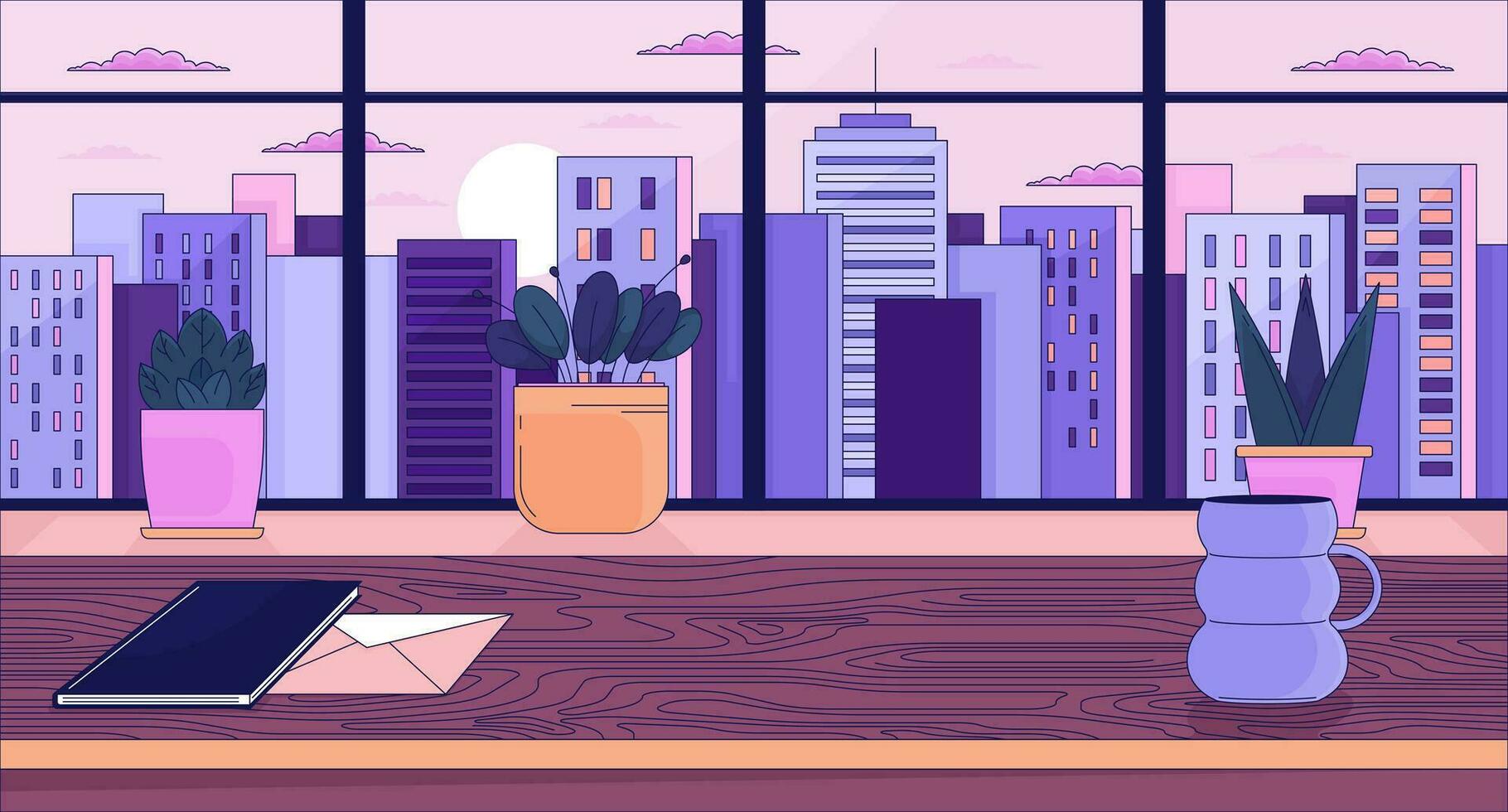
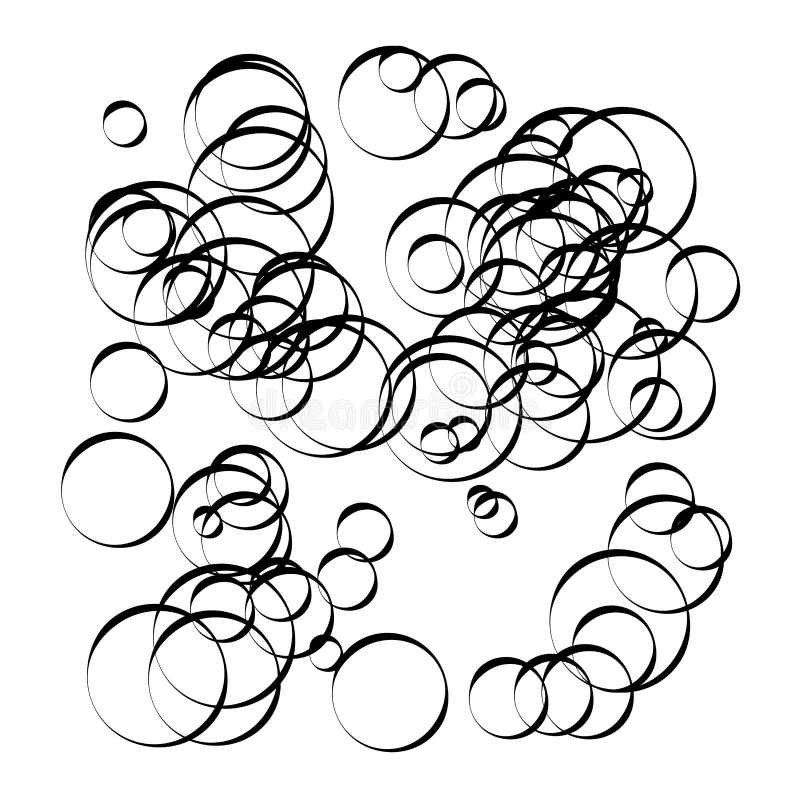
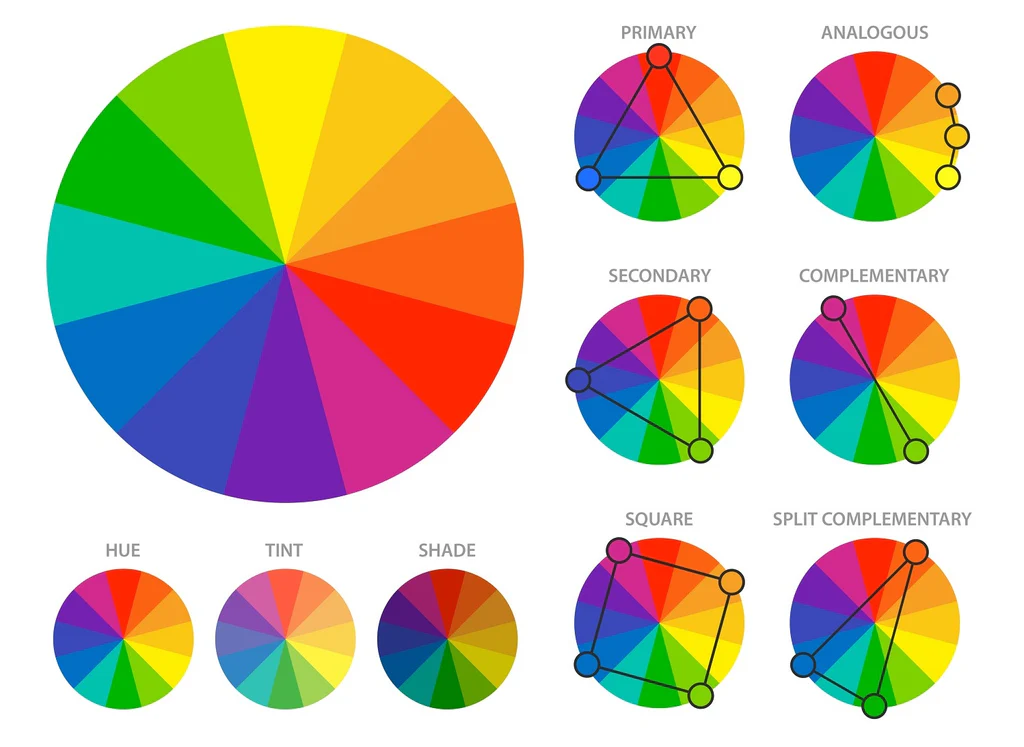
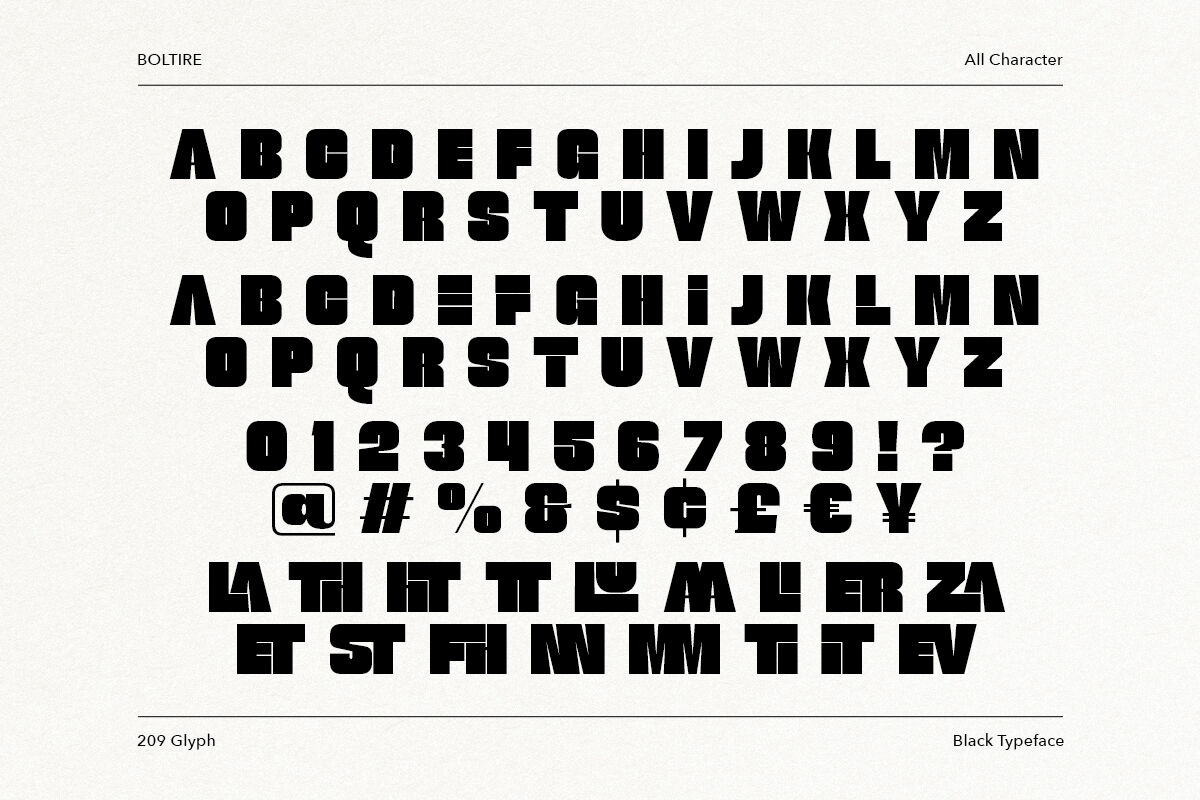
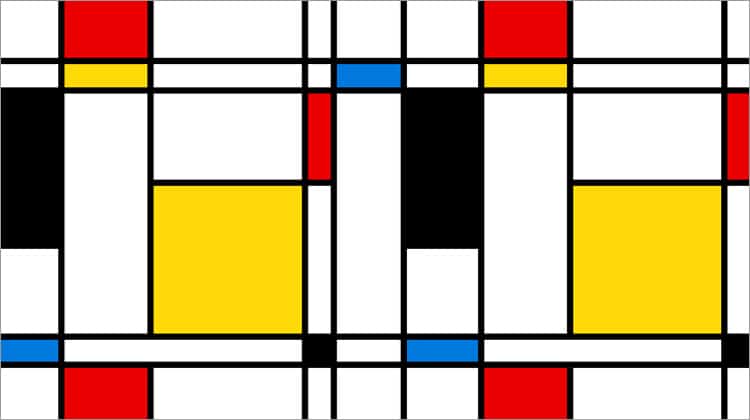
These works conveyed the same philosophy as the architecture: strength, honesty, and resistance to fragility.
Digital Brutalism in Graphic and Web Design
In the 21st century, Brutalism has found new life in the digital realm. Known as Digital Brutalism, it challenges the clean, user-friendly aesthetics of modern web and graphic design.
Digital Brutalism embraces:
- Harsh grid layouts
- Bold, oversized typography
- Clashing or minimal colors
- Overlapping, chaotic elements
- Low-fi, raw digital aesthetics
This style is often seen in experimental websites, online exhibitions, and creative portfolios. By rejecting overly polished designs, Digital Brutalism forces the viewer to engage with content more actively, much like physical Brutalist art and architecture once did in cities.
Brutalism in Contemporary Art Practices
Today, Brutalist principles continue to inspire contemporary art, photography, theatre, and even fashion. Artists and designers explore themes of urban decay, resilience, and industrialization through minimalist materials and stark environments.
- Photography: Brutalist buildings often serve as backdrops, symbolizing human struggle, isolation, or endurance.
- Fashion and Theatre: Designers use Brutalist aesthetics in runway sets or stage design, evoking dystopian or futuristic moods.
- Public Art: Murals and sculptures made from concrete or steel mirror the raw strength of urban structures.
- Installations: Artists use abandoned industrial spaces or concrete walls to heighten the sense of raw, immersive experience.
In these practices, Brutalism continues to represent authenticity, permanence, and strength in a world that often prizes surface beauty.
The Emotional Language of Brutalist Art
Brutalist Art divides opinion. Some find it cold, harsh, and unwelcoming. Others admire it for its honesty and resilience. The emotional response it provokes is part of its strength.
It communicates:
- Endurance: Heavy forms reflect permanence and survival.
- Resistance: Refusal to conform to decorative traditions.
Brutalism speaks to times when the world feels uncertain or unforgiving. Its rawness resonates with the idea that strength is sometimes more valuable than charm.
Where to Experience Brutalist Art Today
- Urban architecture: libraries, government buildings, and housing projects from the mid-20th century.
- Public sculptures: large concrete or steel installations in city spaces.
- Museums and design centers: exhibitions on Brutalism’s architectural and artistic influence.
- Online platforms: curated galleries such as Brutalist Websites showcase digital adaptations.
- Cultural heritage sites: universities, civic centers, and industrial areas built during the 1950s–70s.
Final Thoughts
Brutalist Art is not soft, romantic, or decorative—it is bold, raw, and unapologetic. By embracing simplicity and material truth, it challenges conventional definitions of beauty.
As the world evolves, so does our appreciation of Brutalism. Once dismissed as harsh and uninviting, it is now celebrated for its honesty, resilience, and vision. Whether standing in front of a massive concrete building, admiring a geometric sculpture, or scrolling through a Digital Brutalist website, we are reminded that art does not always have to please—it can also confront, provoke, and endure.
“What you see is what you get. That’s the beauty of Brutalism.”
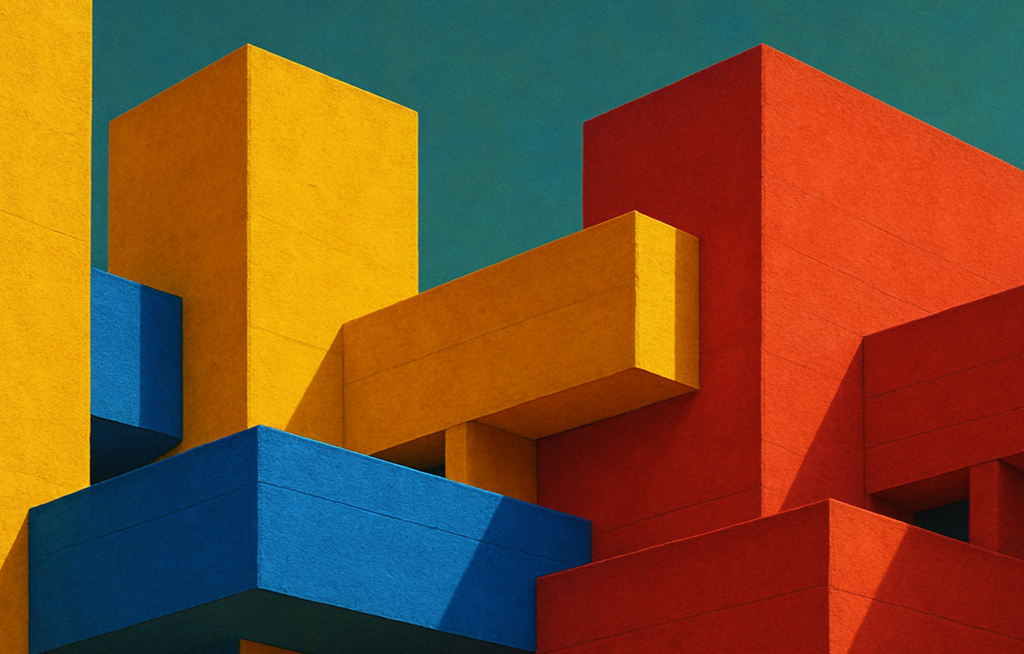
Leave a Reply